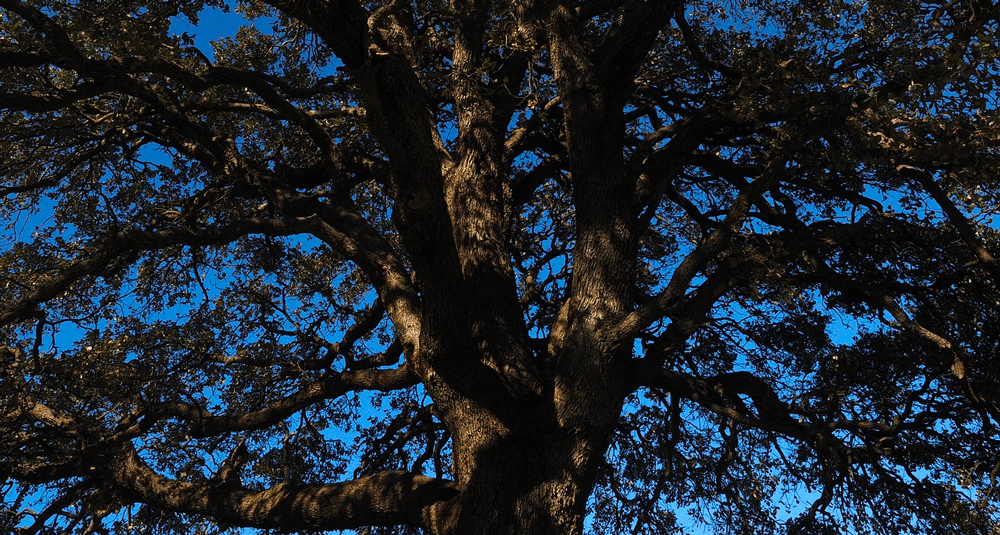What is the emblematic tree of the city of Hiroshima?
Last Updated:
The emblematic tree of the city of Hiroshima is the camphor tree (Cinnamomum camphora), originally from Asia, renowned not only for its medicinal and fragrant qualities, but above all for its extraordinary resilience. It has acquired deep significance in the history of Hiroshima, as several camphor trees survived the atomic bombing of August 6, 1945, becoming a symbol of resistance, hope and rebirth for the city’s inhabitants.
The camphor tree is an evergreen that can grow up to 30 meters tall. It belongs to the Lauraceae family and is particularly prized for its robust wood, dense foliage and characteristic scent of camphor, a substance with antiseptic and stimulating properties extracted from its trunk and leaves.
Cultivated in many parts of Asia for its medicinal, spiritual and craft uses, camphor is also a sacred tree in Japanese culture. It is often planted near temples, in gardens or on memorial sites. Its majestic appearance and longevity make it a symbol of vital force in the collective imagination.
On August 6, 1945, the United States dropped the first wartime atomic bomb on the city of Hiroshima, causing massive destruction and the death of over 100,000 people. The explosion and extreme heat destroyed almost the entire city within a radius of several kilometers from the hypocenter.
But against all odds, some 60 trees survived the blast. These trees, known as hibakujumoku (樹木被爆, literally bombed trees), showed signs of regrowth in the months following the disaster. Among them, several camphor trees stood out for their exceptional resilience.
One of the best known is the camphor tree at Hosenbo temple, located 740 meters from the hypocenter. Although severely burnt, it grew back vigorously and continues to grow today. These camphor trees have become living symbols of survival.
In Hiroshima, these camphor trees are not just botanical survivors. They have become powerful symbols of memory, silent witnesses to the atomic tragedy. The city has incorporated several of these trees into its Peace Memorial Park, where they are identified by commemorative plaques.
For the people of Hiroshima, the camphor tree embodies an inner strength in the face of adversity, a capacity for rebirth despite destruction. In a country that attaches great importance to nature and plant symbols, this tree is seen as a messenger of peace and hope.
As a tribute to their significance, some of the seeds and young shoots of these camphor trees have been sent abroad as part of peace and education projects, to recall the message of Hiroshima and encourage global awareness of the dangers of nuclear weapons.
The camphor tree is the emblematic tree of the city of Hiroshima, because of its miraculous survival of the 1945 atomic bombing. Much more than just a plant, it has become a symbol of resilience, memory and peace, deeply rooted in the landscape and in the hearts of the city’s inhabitants. Through it, Hiroshima conveys a universal message, even amid the ashes, life can be reborn.
You may also be interested in
nature

What is the emblematic tree of the city of Hiroshima?
Answer
The camphor tree, a resistant and symbolic tree, is the emblematic tree of Hiroshima, as some of them survived the atomic bomb of 1945.